Make sure to join my list for Weekly Tips and Recipes to Your Inbox
12 Essential Emergency Kit For Home Ideas
When the weather turned unpredictable and tornado warnings started popping up more than ever in our area, my husband and I realized something: we weren’t ready. Not really.
We had talked about getting an emergency kit, but it always felt like a someday task, until “someday” turned into last weekend’s late-night storm and we found ourselves fumbling through drawers for candles and a lighter.
That’s when it clicked. No basement, no ground floor apartment, just two bathrooms, one cat, and a growing unease. We needed to get serious. We needed an emergency kit, now.
The response online was overwhelming when I asked what to include. It turns out, people have been through all kinds of emergencies: hurricanes, snowstorms, even fires, and their advice painted a clear picture: candles and lighters are a start, but they’re far from enough.
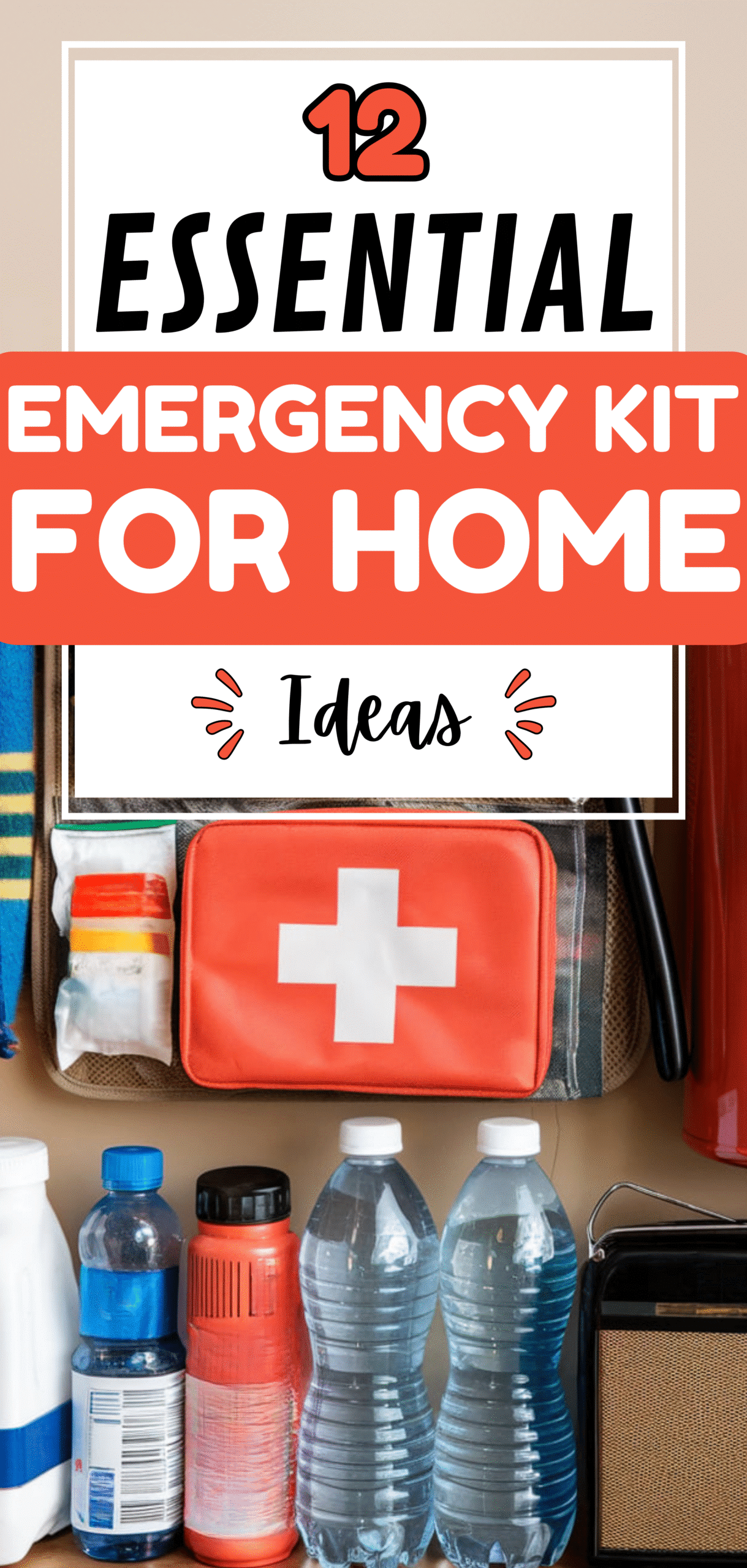
Essentials flooded in: one gallon of water per person per day (don’t forget your pets), non-perishable foods like tuna, peanut butter crackers, and energy bars, a weather radio with solar or crank power, LED lanterns instead of open flame, and crucial paperwork sealed in a waterproof bag.
And don’t forget medications, backup batteries, a manual can opener, and yes, even cash, because ATMs don’t work when the power’s down. If you’re relying on a closet or bathroom as shelter, add shoes, clothes, and a leash or crate for pets, so you don’t want to run barefoot in a disaster.
We’ve learned that preparing an emergency kit isn’t about paranoia, you just don’t need to buy it all at once. Start with what you have, rotate supplies to keep them fresh, and build it over time.
Use camping gear, repurpose tools, and label everything. Now, instead of feeling powerless in the face of a storm, we know that if something happens, we’re ready.
12. Water Supply and Purification Tools
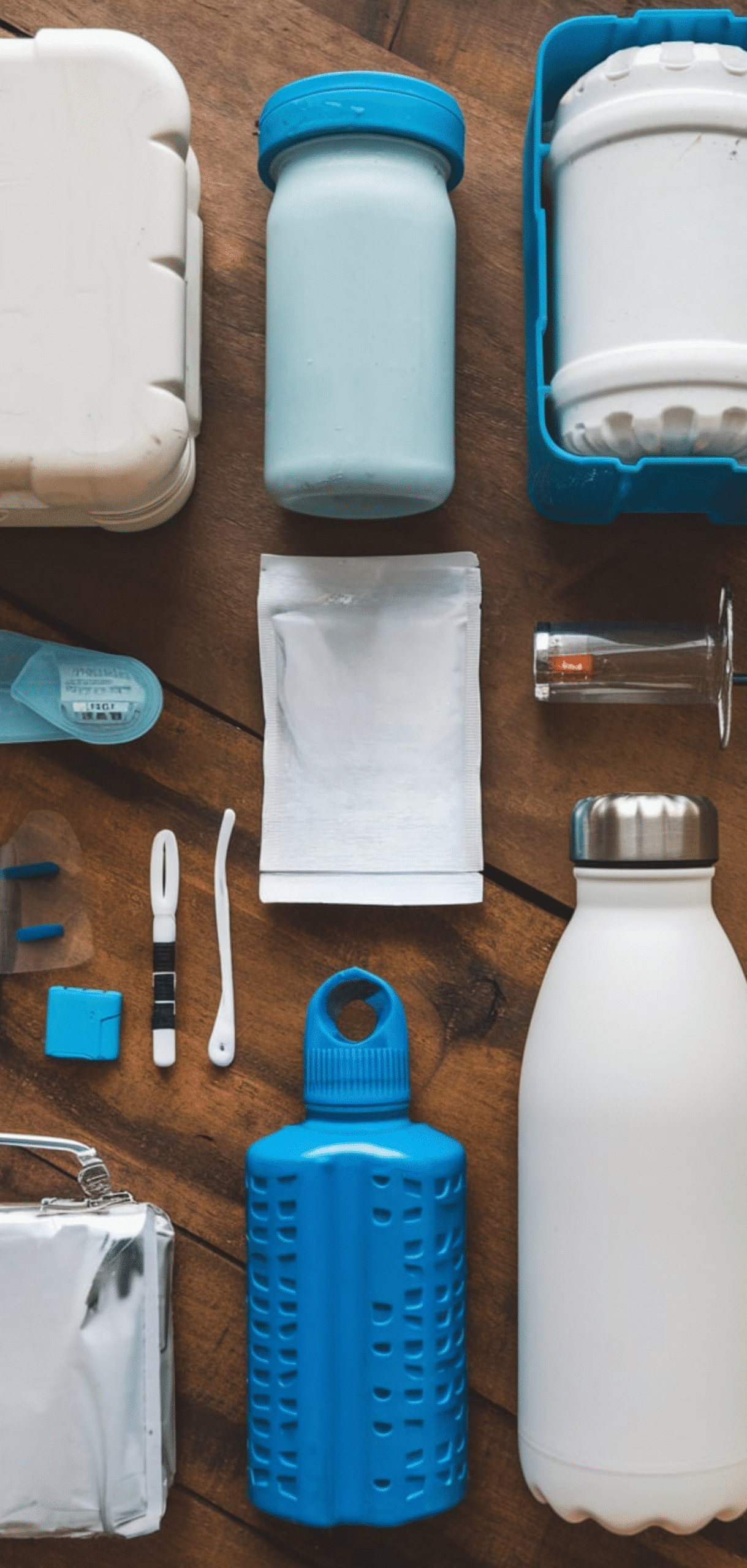
A minimum of one gallon of water per person per day for three days is essential for drinking and sanitation. For long-term or unexpected shortages, include water purification tablets, a portable water filter (e.g., LifeStraw or Sawyer Mini), and collapsible water containers.
Storage Tip: Use food-grade, BPA-free water storage barrels with spigots.
11. Non-Perishable Food for 72 Hours
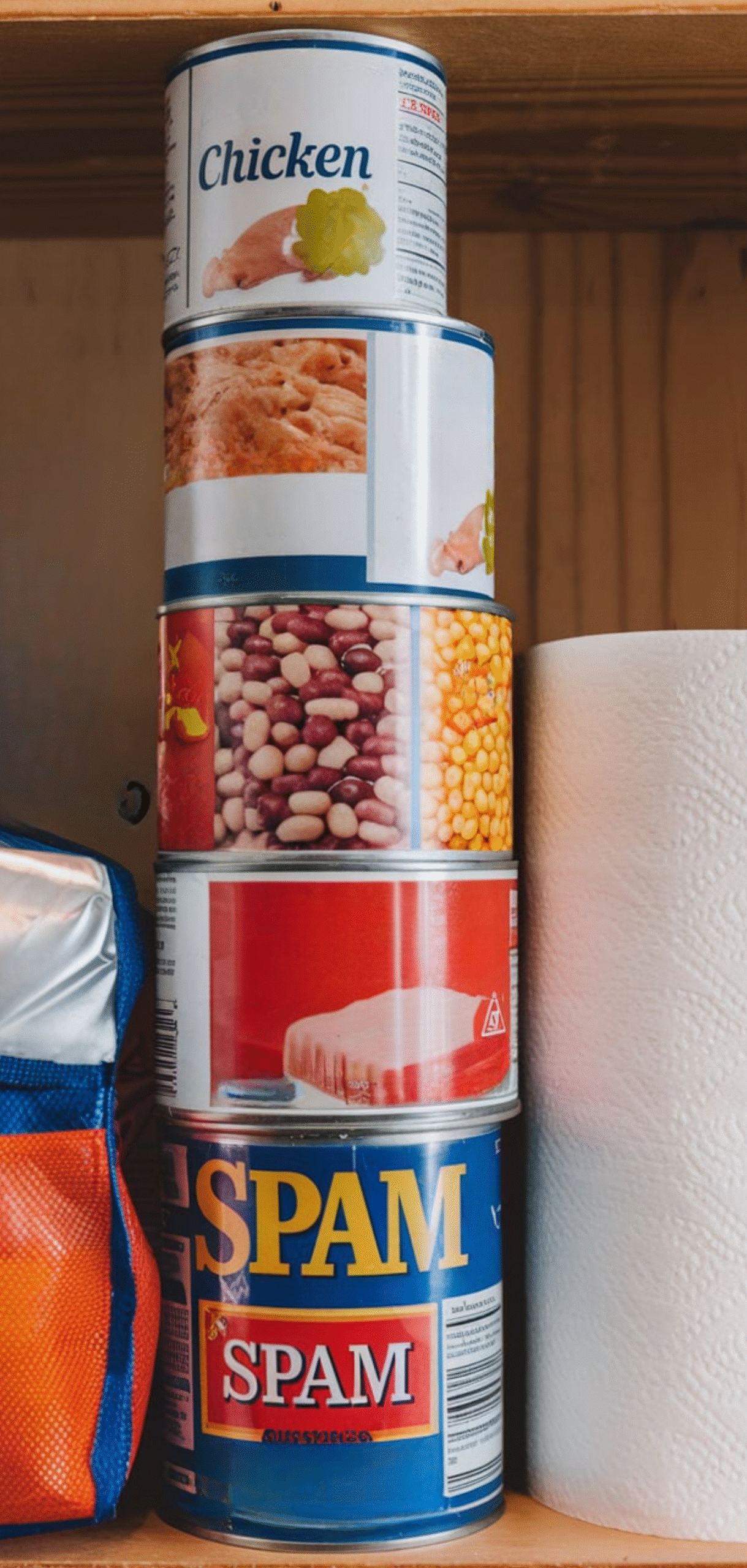
Stock calorie-dense, shelf-stable foods such as:
- Canned meats and vegetables
- Protein bars
- Freeze-dried meals
- Nuts and dried fruits
Practical Tip: Include a manual can opener and disposable utensils. Rotate your food stock every six months.
10. First Aid Kit with Advanced Supplies
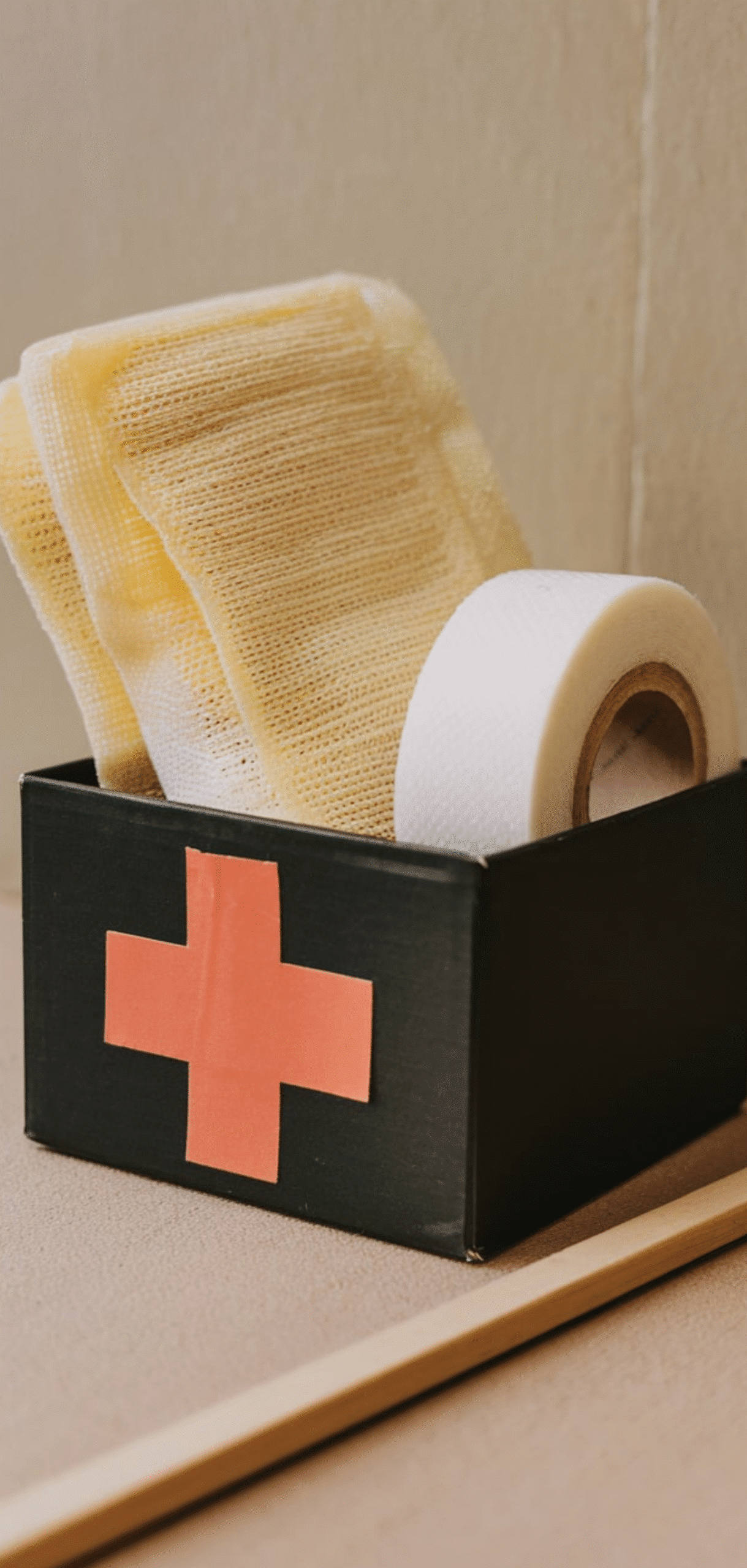
Go beyond the basic bandages. Your kit should include:
- Sterile gauze and tape
- Antiseptic wipes and antibiotic ointments
- Tweezers and medical scissors
- Burn cream, eye wash, and antihistamines
- Digital thermometer and pain relievers
- Emergency mylar blankets
Upgrade Suggestion: Add CPR masks, splints, and a first-aid guide manual.
9. Backup Power and Light Sources

Ensure you can maintain visibility and device power:
- Flashlights with extra batteries
- Hand-crank or solar-powered lanterns
- Power banks (minimum 10,000mAh)
- Solar phone charger
- Headlamps for hands-free light
Safety Tip: Avoid candles to reduce fire risk.
8. Emergency Communication Devices
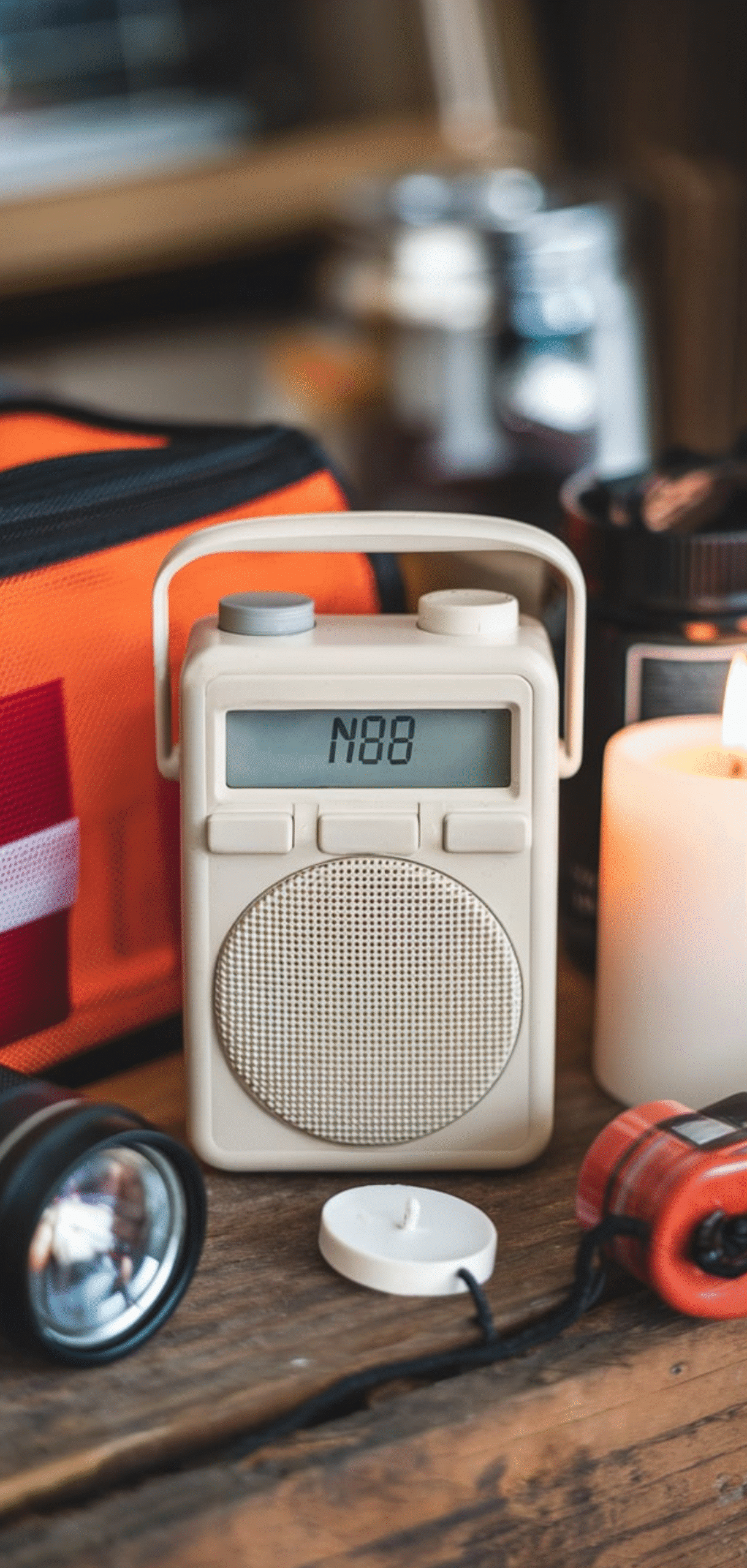
Keep communication lines open when networks go down:
- NOAA weather radio (battery-operated or hand-crank)
- Two-way radios with extra batteries
- Whistle for signal alerts
- Laminated emergency contact list
Best Option: Opt for radios with SAME (Specific Area Message Encoding) alerts.
7. Personal Hygiene and Sanitation Supplies
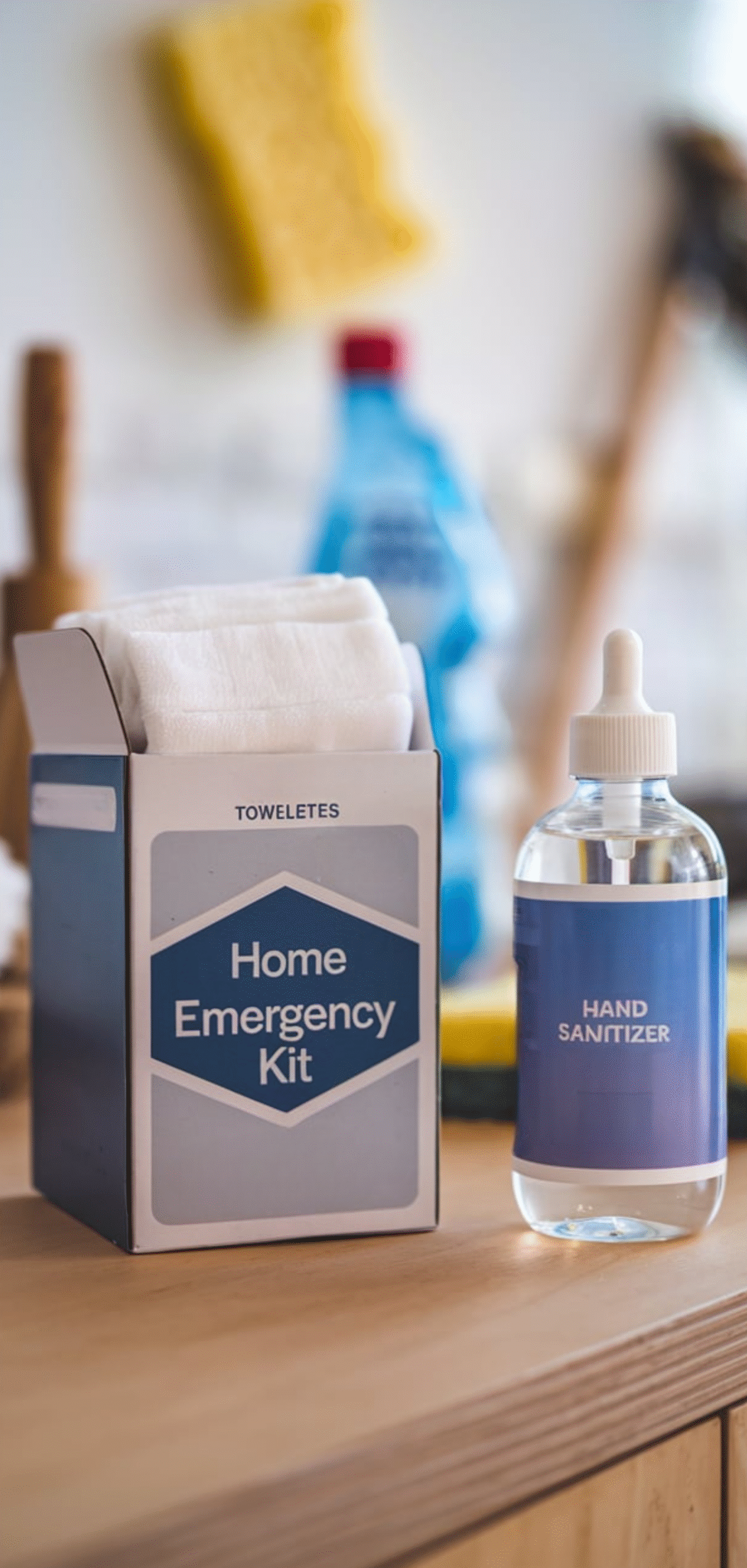
Sanitary conditions prevent illness in crisis scenarios:
- Moist towelettes and hand sanitizer
- Feminine hygiene products
- Toothbrushes and biodegradable soap
- Trash bags and heavy-duty zip ties
- Portable toilet bags or a camping toilet seat
Organization Tip: Pack items in labeled waterproof bags.
6. Multi-Tool and Basic Equipment
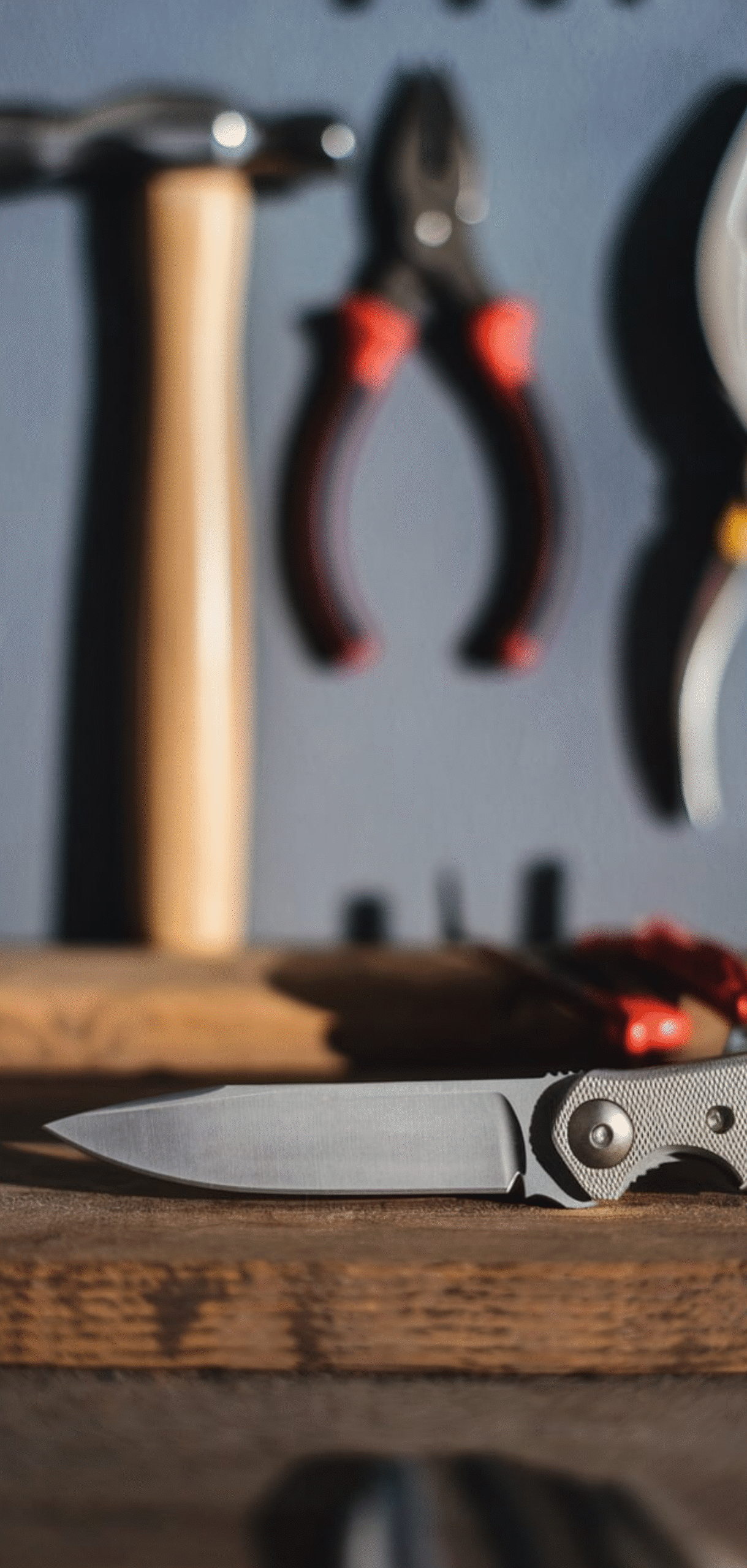
A sturdy multi-tool (like a Leatherman or Swiss Army Knife) should include:
- Knife blade
- Screwdriver
- Scissors
- Pliers
- Bottle opener
Additional Tools: Include duct tape, rope, carabiners, and a small crowbar in your emergency kit for escape or repairs.
5. Important Documents and Emergency Cash
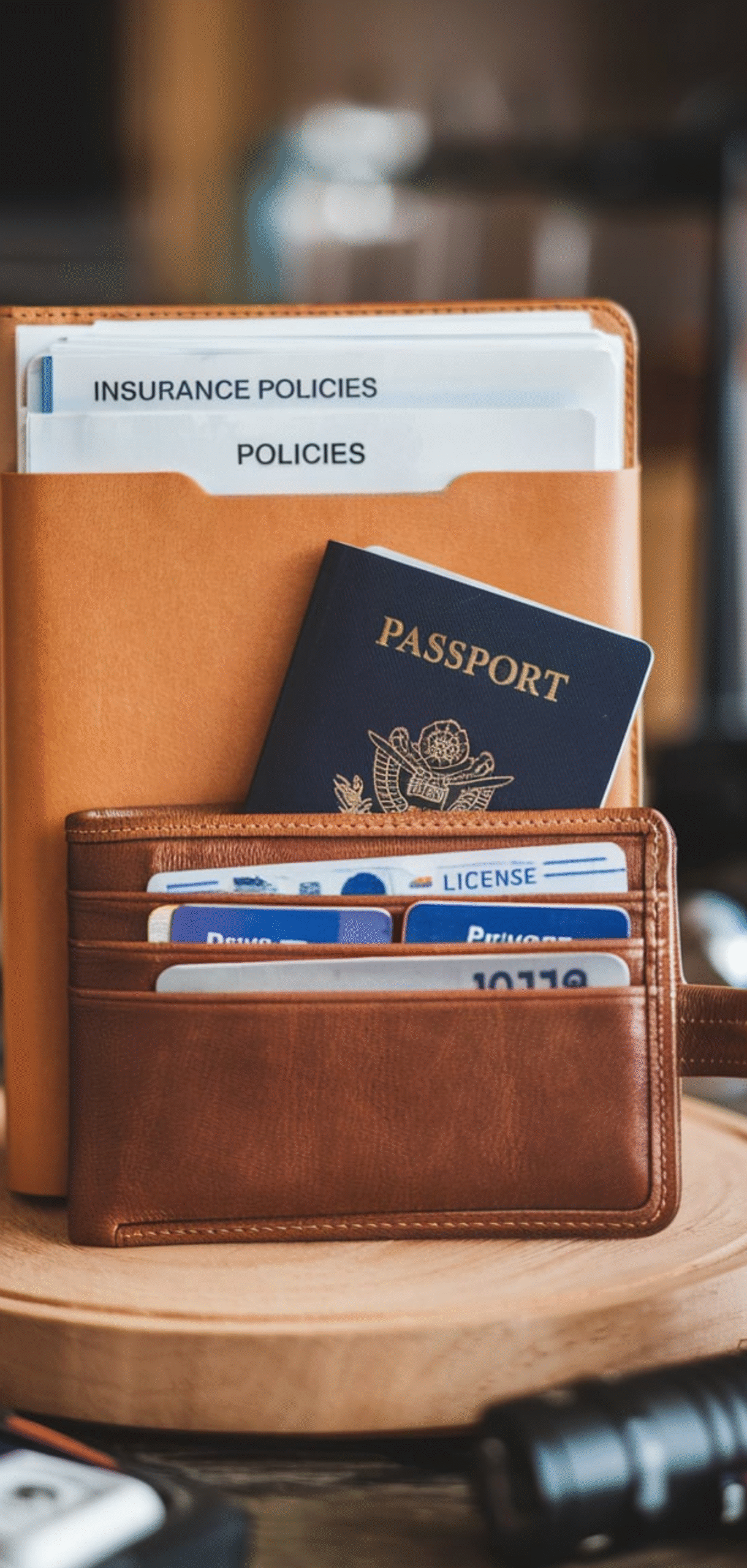
Keep copies of critical information sealed in a waterproof document pouch:
- IDs, passports, insurance policies
- Medical records and prescriptions
- Home deed or rental agreement
- Local maps
- $100–$300 in small bills
Data Backup: Include a USB drive with scanned documents in your emergency kit for quick access to important information.
4. Medications and Special Needs Supplies
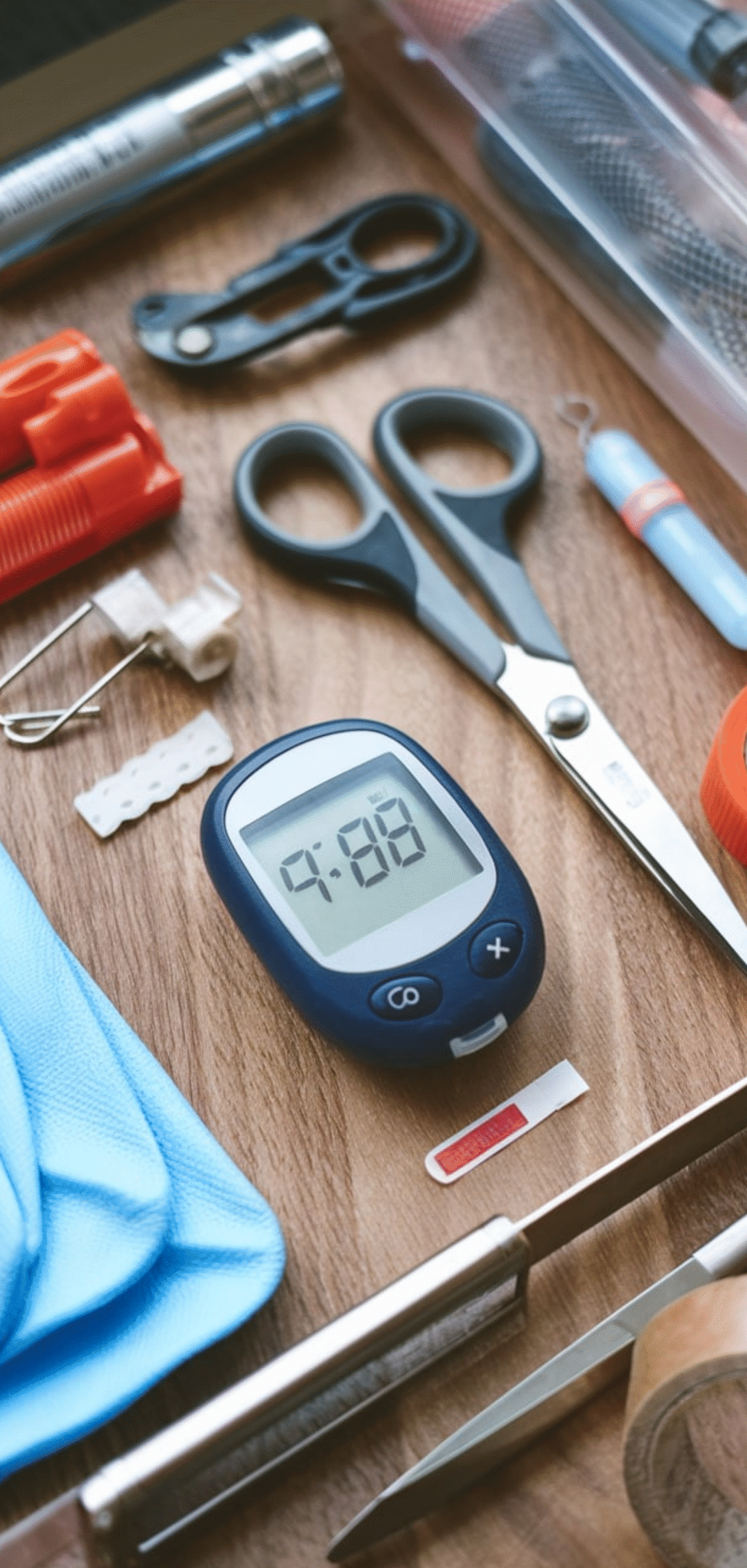
Maintain a 7-day supply of all essential medications, including:
- Daily prescriptions
- Inhalers or EpiPens
- Blood sugar monitors
- Vitamins
Include: Include supplies for babies (formula, diapers) or elderly individuals (hearing aid batteries) in your emergency kit to ensure everyone’s needs are met.
3. Protective Gear and Clothing
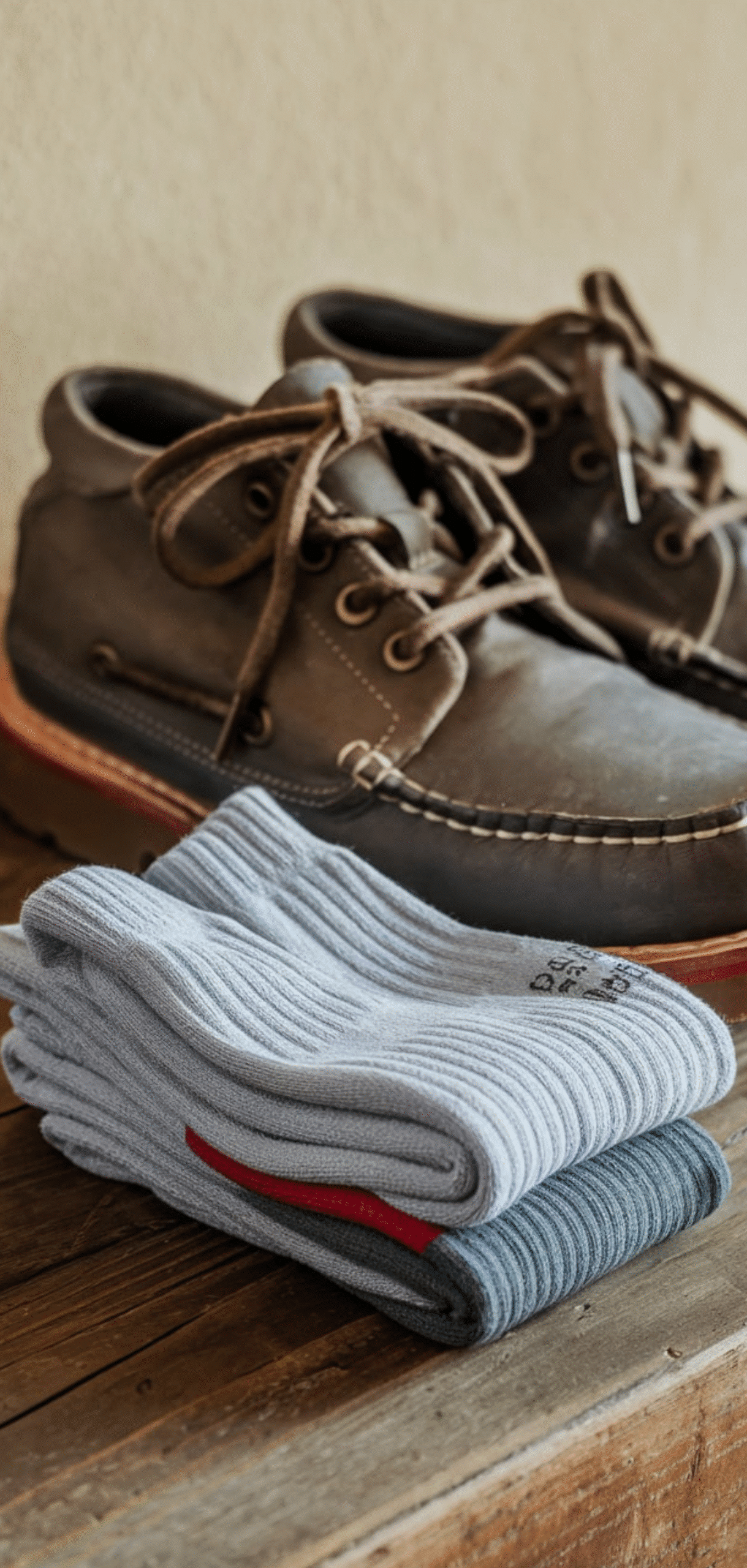
Keep warm, dry, and safe with:
- Sturdy shoes and extra socks
- Rain poncho and gloves
- Hats and thermal underwear
- Dust masks (N95 or KN95)
- Safety goggles
Packing Strategy: Use vacuum-seal bags in your emergency kit to save space and keep items dry.
2. Pet Emergency Supplies
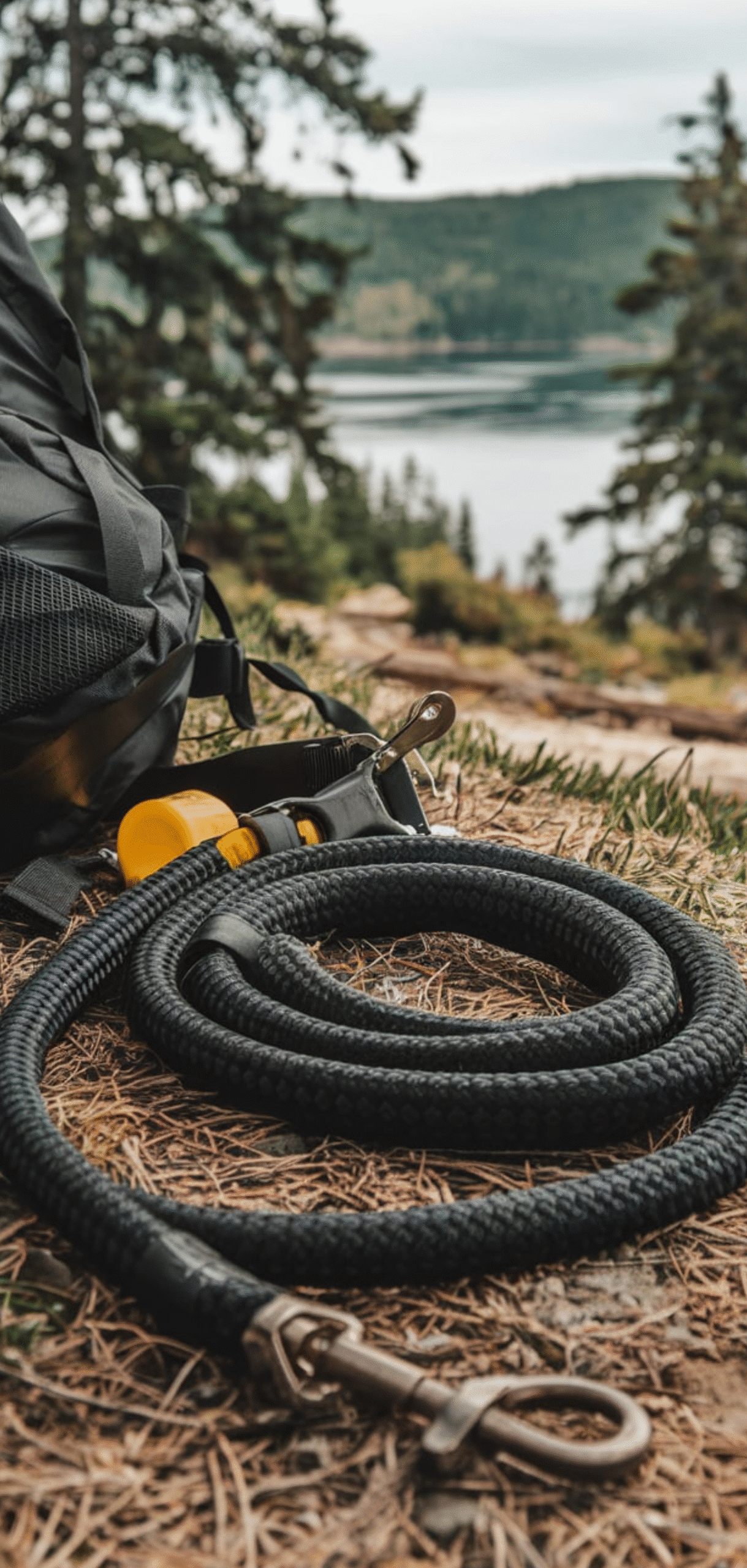
For pet owners, include:
- 3-day supply of pet food and water
- Leash or harness
- Waste bags and litter
- Vaccination records
- Pet-specific medications and a carrier
Comfort Tip: Add a toy or blanket to your emergency kit for stress relief and comfort during challenging situations.
1. Shelter and Warmth Essentials
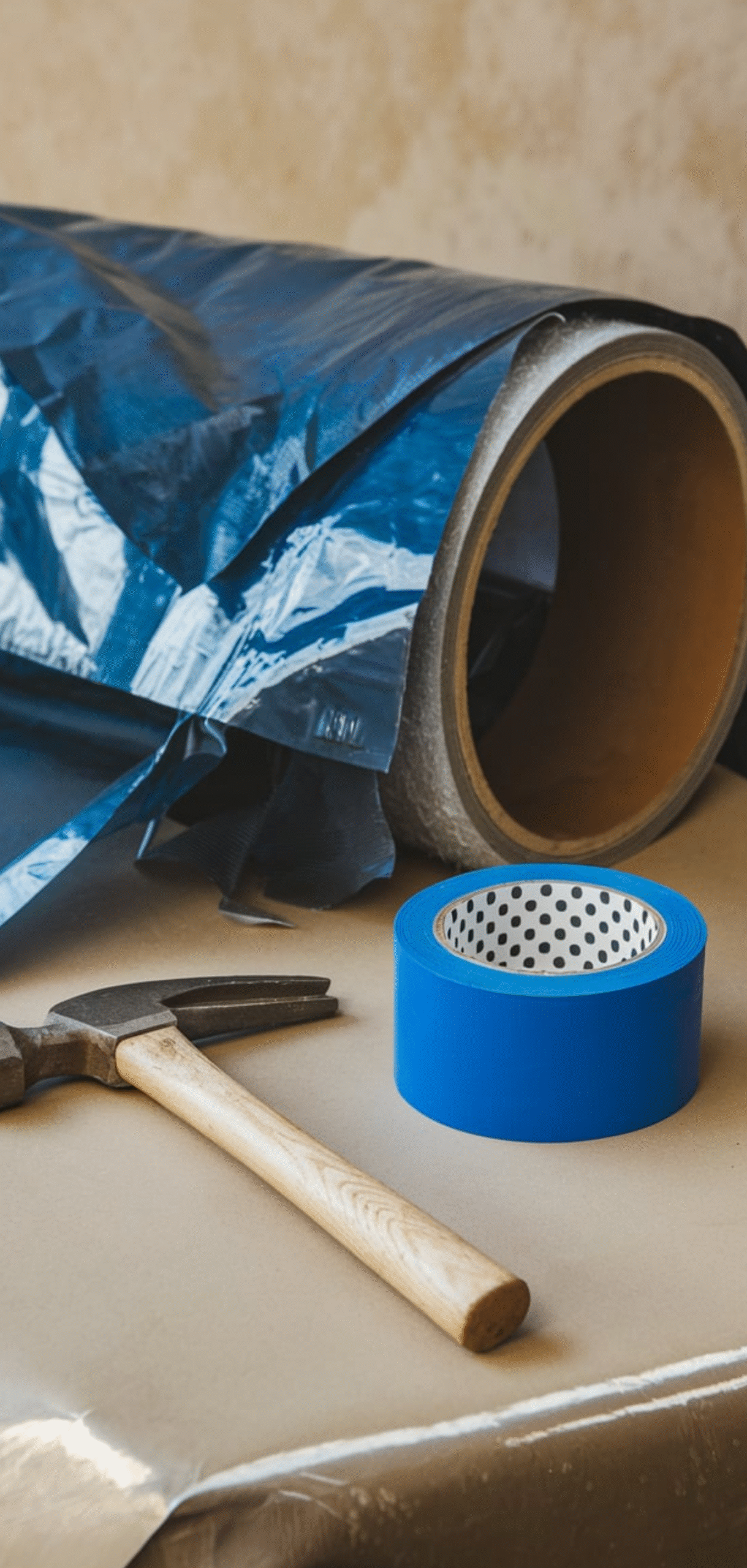
In case of evacuation or shelter-in-place:
- Tarp and duct tape (for temporary shelter repair)
- Emergency thermal blankets or sleeping bags
- Tent or bivy sack
- Hand warmers
- Waterproof matches or a fire starter kit
Alternative: Keep an emergency sleeping pad or yoga mat in your emergency kit for ground insulation and added comfort during unexpected overnights.
Conclusion
A complete home emergency kit is not just about surviving, it’s about maintaining safety, hygiene, and communication under pressure. By assembling these 12 critical categories with precision, we can ensure our families are prepared for any unexpected emergency or disaster.





